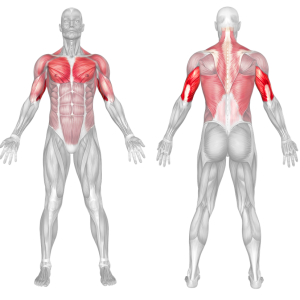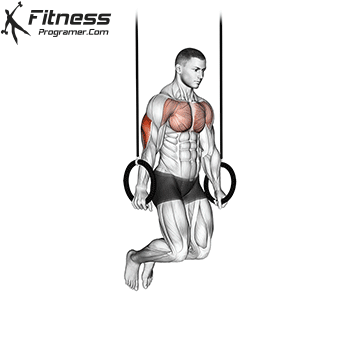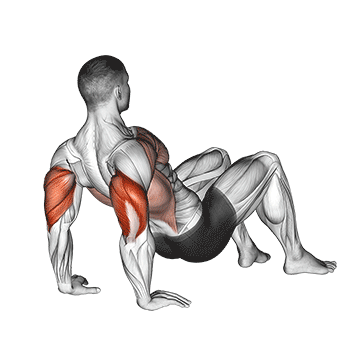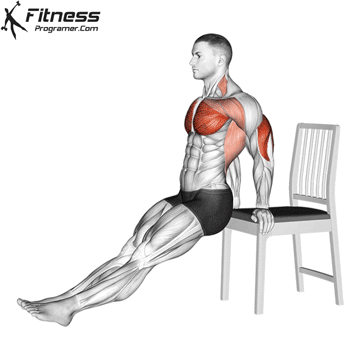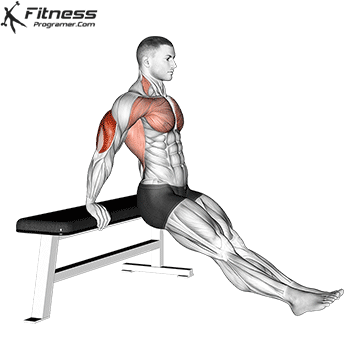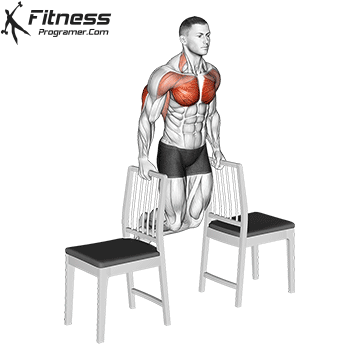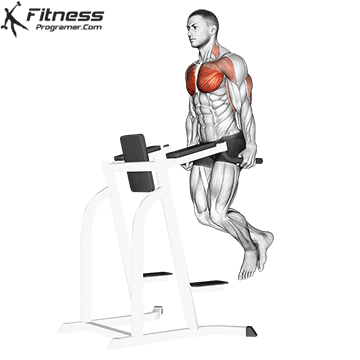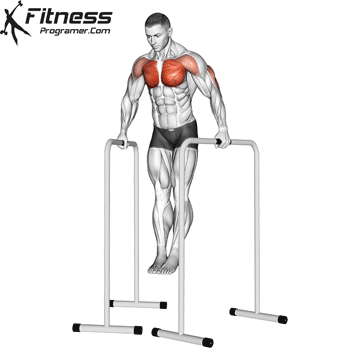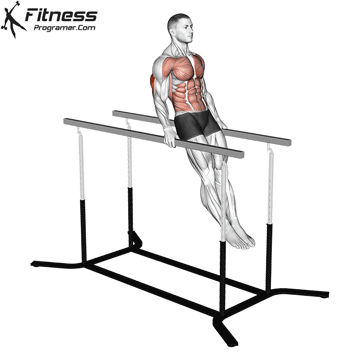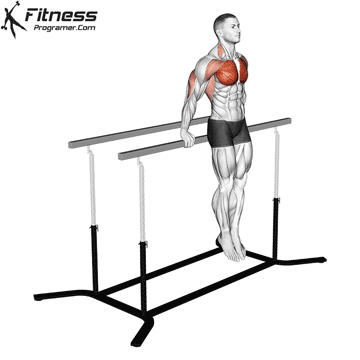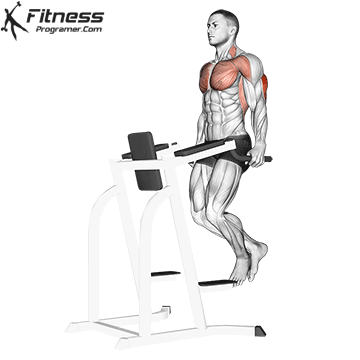Overview
The Ring Dip is an advanced bodyweight exercise performed on gymnastic rings that challenges strength, balance, and stability. The instability of the rings forces greater activation of the chest, triceps, and shoulders, while also engaging the core and stabilizer muscles. It is commonly used in gymnastics, calisthenics, and CrossFit training for developing upper body strength and control.
How to Perform Ring Dips
To correctly perform the Ring Dip, follow these steps:
Set the Rings to Chest Height: Adjust the gymnastic rings so they hang around chest level and are securely fastened.
Mount the Rings: Jump or step into a support position, arms straight, body upright, and rings held close to your sides.
Lower Yourself with Control: Bend your elbows and lean slightly forward as you lower your chest between the rings. Keep your elbows at about a 45-degree angle.
Descend Below Ring Level: Lower until your shoulders dip just below your elbows, maintaining tension in your chest and arms.
Push Back Up: Press through your palms and straighten your arms to return to the starting position, locking out at the top while keeping the rings close.
Common Mistakes
Letting rings drift out: Allowing the rings to move away from the body increases instability and can lead to poor form or injury.
Not going deep enough: Failing to lower below parallel limits range of motion and reduces muscle activation.
Losing core tension: Letting the hips sag or legs swing compromises balance and effectiveness.
Flaring elbows: Excessively flared elbows place unnecessary strain on the shoulder joints.
Rushing the movement: Using momentum reduces strength development and increases risk of error.
Common Mistakes to Avoid
- Leaning too far forward, which shifts focus to the chest rather than the triceps.
- Flaring the elbows outward, reducing triceps activation and increasing injury risk.
- Not lowering enough, limiting the range of motion and effectiveness.
- Using momentum, instead of controlled movements for muscle engagement.
- Locking out the elbows, which can place excessive stress on the joints.
Benefits of the Ring Dips
Builds upper body strength: The exercise targets the chest, triceps, and shoulders more intensely than bar dips due to ring instability.
Improves joint stability: The rings challenge shoulder, elbow, and wrist stabilization, making this a joint-strengthening exercise.
Enhances core engagement: Because the rings move freely, the core must remain braced to maintain position and control.
Increases mobility: Ring dips allow a deeper range of motion at the shoulder, helping improve flexibility when performed correctly.
Transfers to other skills: Strength and stability gained from ring dips transfer to movements like muscle-ups, ring push-ups, and planche training.
How to Incorporate Into Your Routine
Add Ring Dips to upper body, push, or gymnastic-focused workouts. Begin with 3 to 4 sets of 4 to 8 reps, using assistance bands if needed. Pair them with exercises like pull-ups or ring rows for a full push-pull balance. Include ring dips once or twice a week and progress to weighted or tempo variations as strength improves.
Ring Dips Muscles Worked
